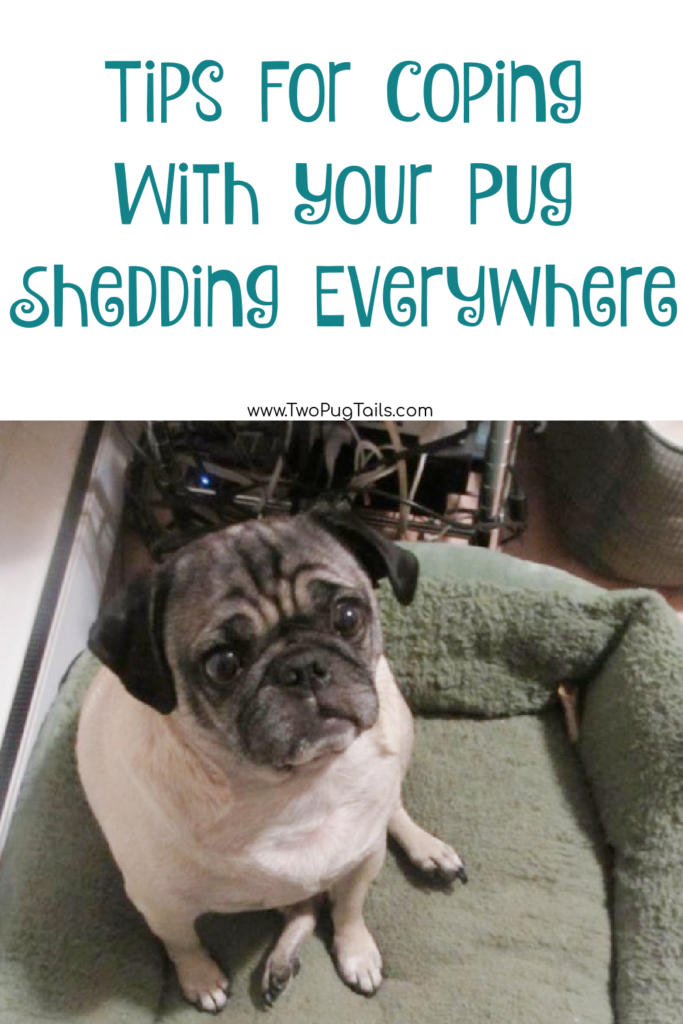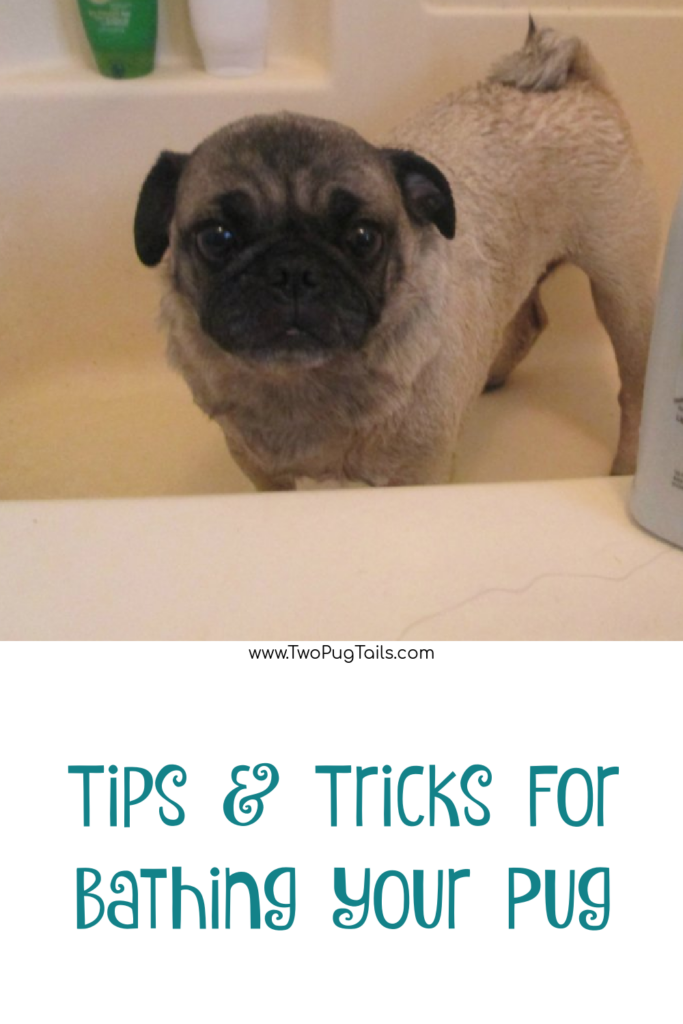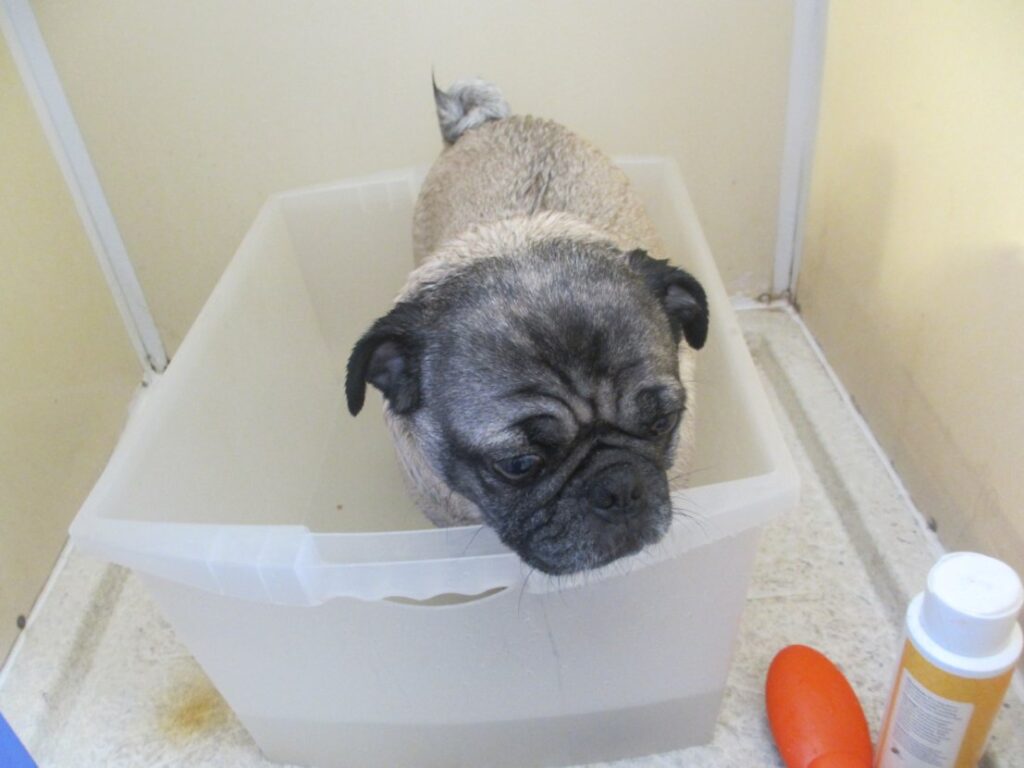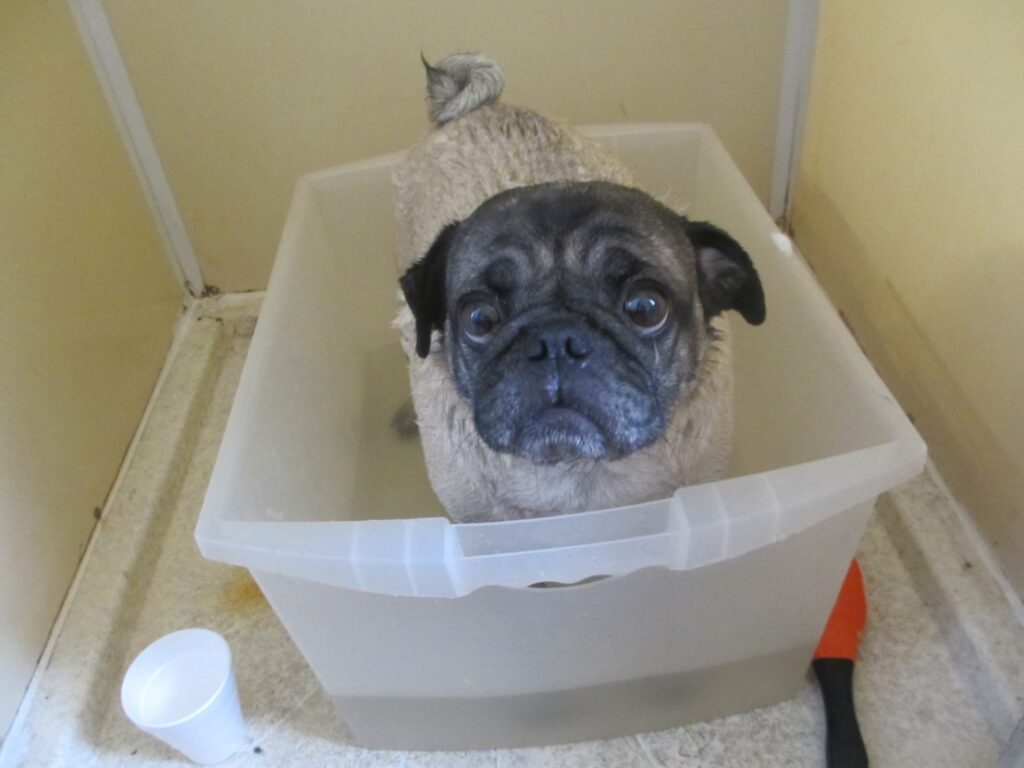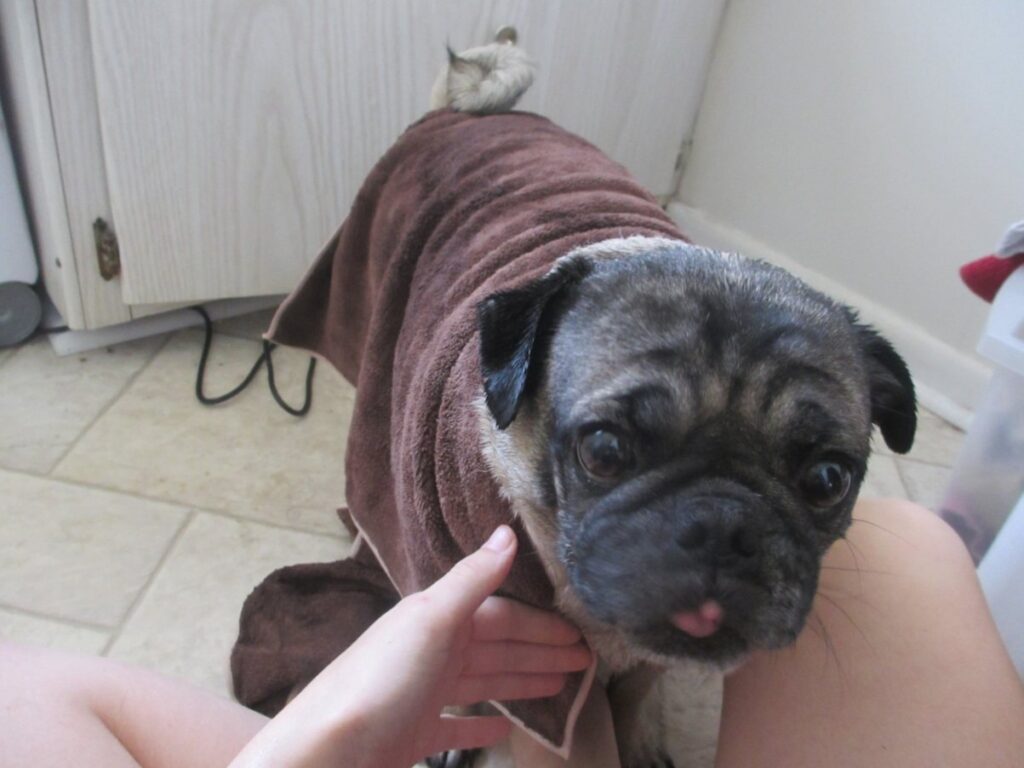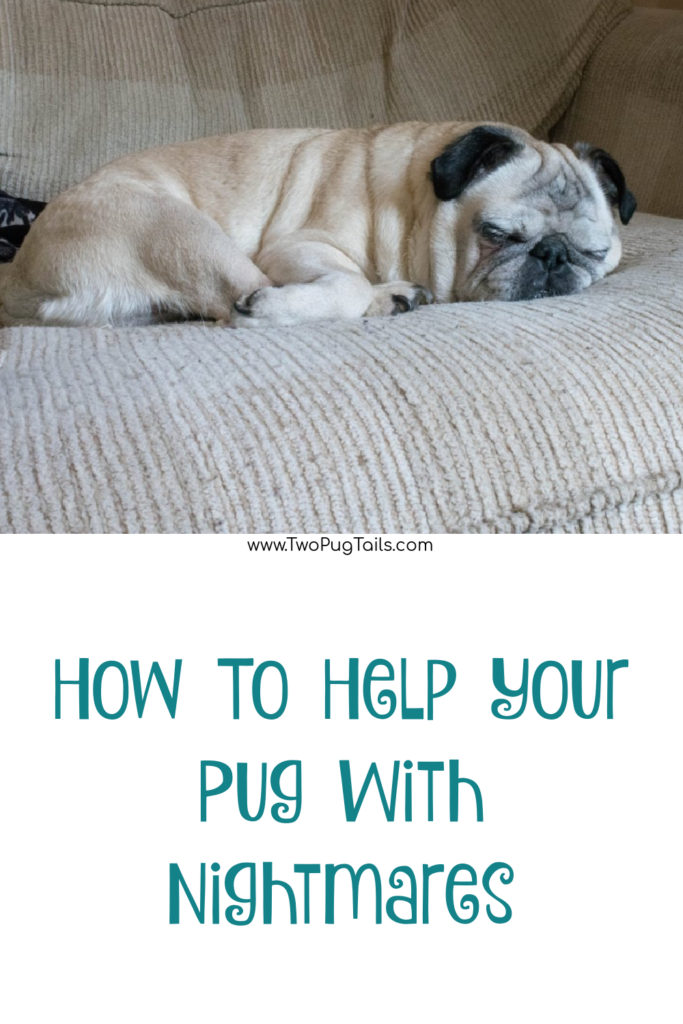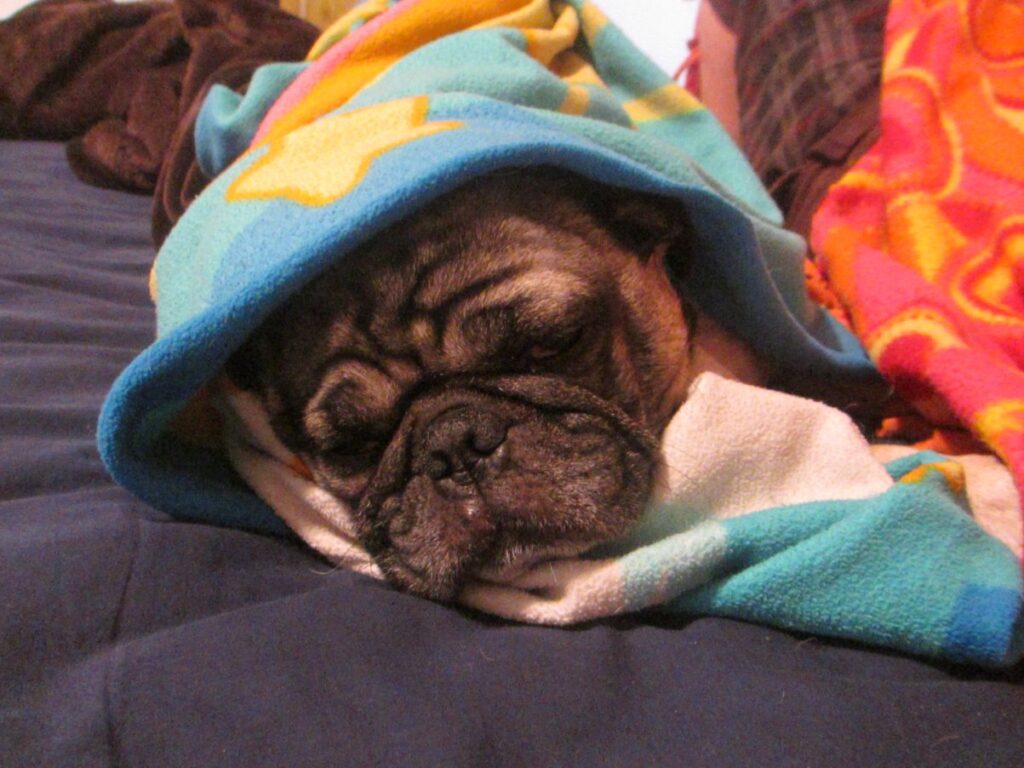Can Pugs Fly On Airplanes?
Some airlines permit pugs to fly in-cabin as long as they are under the weight limits and can fit in a pet carrier that fits under the plane seat. Pugs are a brachycephalic breed and brachycephalic dog breeds are at greater risk of health complications when flying.
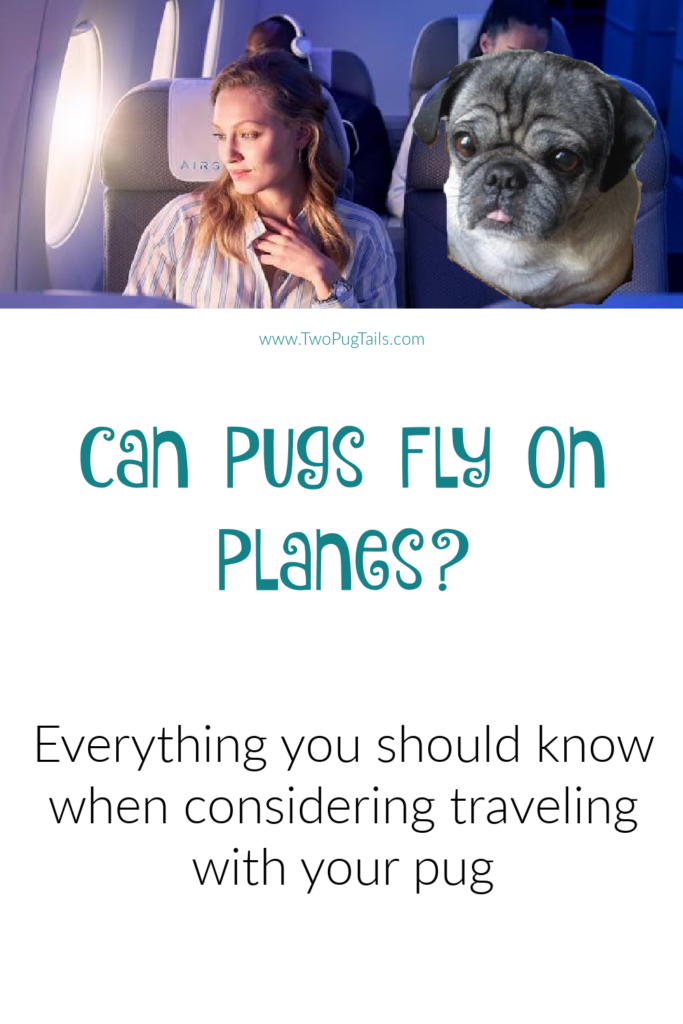
Info you should know when considering flying with your pug
- Between 2005 and 2011, 189 animals died in commercial U.S. flights. Over half of those deaths—98 dogs—were in brachycephalic breeds flying as cargo. (source – VetMed.Illinois.Edu.)
Pugs were the second most common breed to die in flight. (Source: WashingtonPost)
Many airlines have banned pugs from flying in cargo. Some have also banned pugs from flying in cabin. EasyJet and Emirates don’t allow any pets in cabin, while Volaris Airlines has banned select breeds, including pugs from flying in cabin.
How to decide if you should fly with your pug
Discuss with your vet to access he risk of flying for you specific pug. Their health and how easily they breathe will be major factors in deciding how safe (or risky) it is for them to fly.
If your pug gets anxious easily and breathes worse when anxious, anti-anxiey meds while traveling may help.
See if your airline allows pugs to stay in the cabin. When animals die on U.S flights, they’re often bracheaphalic breeds who were in cargo rather than in cabin.
Consider the pros and cons of other forms of travel. If you aren’t traveling super far away, it may be a lot easier to drive with your pug instead of fly. This will, of course, depend a lot on the exact circumstances surrounding your travel, though. Weigh the pros and cons of all your options and see what makes the most sense.
How to make flying a happier and safer experience for your pug
- Use a carrier with really good ventilation so they can breathe easier.
2. Makes sure they enjoy their carrier rather than seeing it as something to fear. If they’re calm in their carrier at home, they’ll be more likely to stay calm it in while flying. Keeping it open and accessible at home for weeks prior to your flight can help. Leave them a treat in there sometimes, too! They may also enjoy their favorite blankets or toys being found in there sometimes. Take your dog for a ride in the car in their carrier, too. This way they’ll be used to being in the carrier while the vehicle is moving.
3. Make sure they have gone potty before you get on the plane. If they need to ‘go’ that may stress them out while on the plane.
4. Bring ziploc bags and ask a flight attendant to fill them with ice if your pug gets overheated. Then use them similar to ice packs.
Can pugs fly free if they are emotional support animals?
Since 2021, emotional support animals don’t get to fly for free. If you have a service dog, they are exempt from the fee.

Alternative options:
Depending on your travel needs, you may be able to travel with your pug via car or other transport instead. Greyhound doesn’t allow pets on their buses unless they are certified service dogs. However, Amtrak allows dogs on some of their trains. So, it’s worth researching all of your options!
I never flew with my dogs, but we did some roadtrips and they did well.
If your pug needs to fly but you’re really worried about it, pet-specific airways may be a option that will give you more peace of mind. Did you know that pet-specific airways exist? They do! Some examples are Pet Airways and Pet Jets. These types of airlines primarily see “smushed faced” dogs as their customers so they have lots of experience with keeping pugs safe while flying.
Leaving your pug at home. Of course, traveling with your pug is super fun and we all know pugs love to be with their humans! However, if flyng is a risk for them, it may be safest to leave them home. Check your area for some high quality dog kennels that will give them the attention and care that they need. They’ll miss you, but they’ll be okay!
